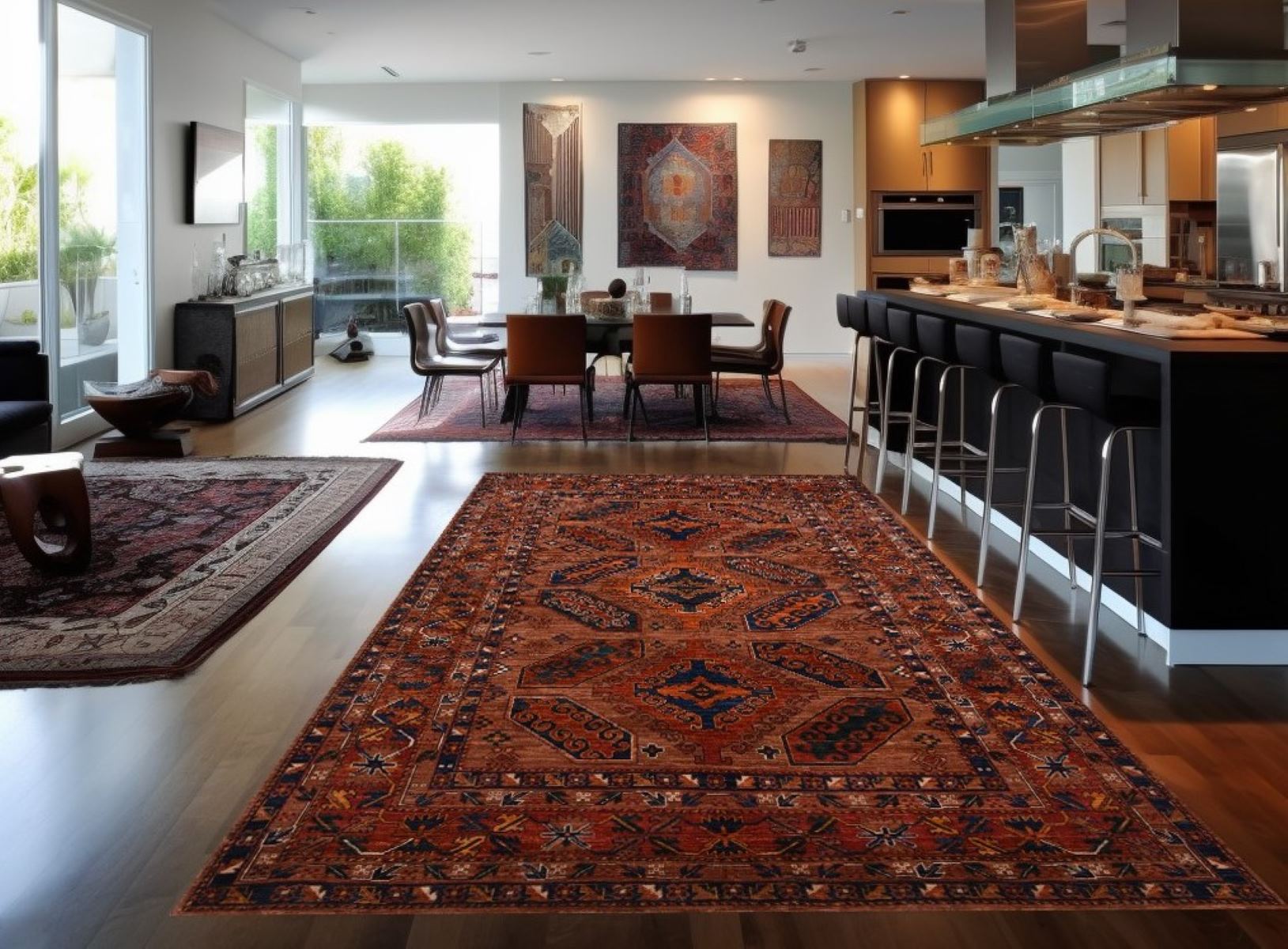

Articles
How To Mix Oriental Rugs
Modified: January 5, 2024
Learn how to mix oriental rugs with other decor elements in your home. Find articles and tips to create a harmonious balance.
(Many of the links in this article redirect to a specific reviewed product. Your purchase of these products through affiliate links helps to generate commission for Storables.com, at no extra cost. Learn more)
Introduction
Welcome to the world of oriental rugs! These exquisite pieces of craftsmanship bring warmth, beauty, and a touch of culture to any space they grace. With their intricate patterns, vibrant colors, and luxurious textures, oriental rugs are not just floor coverings; they are works of art.
If you’re looking to elevate your home decor and add a touch of sophistication, mixing oriental rugs can be a game-changer. However, it’s essential to approach this task with care and precision to create a harmonious and visually pleasing result.
In this guide, we’ll explore the art of mixing oriental rugs, covering everything from choosing the right rug to placement, color coordination, furniture selection, layering, and maintenance. By the end, you’ll have the knowledge and confidence to create a stunning and stylish fusion of oriental rugs in your own home.
So, let’s dive in and discover the secrets to perfectly mixing oriental rugs!
Key Takeaways:
- Elevate your home decor with the art of mixing oriental rugs, creating a visually pleasing fusion of colors, patterns, and textures that reflect your unique style and personality.
- Care for your oriental rugs to preserve their beauty and longevity. Regular maintenance, professional cleaning, and protection from sunlight and pests are essential for maintaining these exquisite pieces.
Read more: How To Store An Oriental Rug
Selecting the Right Oriental Rug
When it comes to mixing oriental rugs, the first step is to select the right rugs for your space. Here are a few key factors to consider:
- Size: Determine the appropriate size of the rugs based on the room’s dimensions and the area you want to cover. Measure the space and select rugs that fit comfortably without overwhelming the room.
- Style: Consider the style of your existing furniture and decor. If your furniture is more traditional, opt for rugs with classic patterns like Persian or Turkish designs. If you have a contemporary or eclectic interior, look for rugs with bolder and abstract patterns.
- Color: Assess the color scheme of the room and choose rugs that complement or contrast with the existing colors. Consider the mood you want to create – warm and cozy, cool and serene, or vibrant and energetic.
- Material: Oriental rugs are available in various materials, including wool, silk, or a blend of both. Consider the level of foot traffic in the room and choose a durable material that can withstand daily wear and tear.
- Budget: Set a budget for your rug selection. Oriental rugs can range from affordable to luxurious, so determine how much you’re willing to invest in these pieces.
Take your time when selecting oriental rugs, as they will set the foundation for your mixing and decorating endeavors. Consider visiting reputable rug stores or doing thorough research online to explore a wide range of options.
Once you have chosen the perfect oriental rugs for your space, it’s time to move on to the next step: assessing the room and placement.
Assessing the Room and Placement
Before you start mixing oriental rugs, take a moment to assess your room and determine the best placement for each rug. Here are some tips to help you along the way:
- Consider the room’s function: Think about how the room will be used and plan your rug placement accordingly. For example, in a living room, you may want to place a larger rug under the main seating area, while in a dining room, a rug underneath the dining table can create a focal point.
- Define areas: Use rugs to define different areas within an open floor plan. This can help create visual separation and add a sense of depth to the space. For example, in a large living space, you can use smaller rugs to delineate the sitting area, reading nook, and conversation corner.
- Consider traffic flow: Pay attention to the flow of foot traffic in the room. Make sure the rugs are placed in areas where people naturally walk, but avoid obstructing doorways or creating tripping hazards.
- Layering: If you have a large room or want to add dimension to your space, consider layering oriental rugs. Start with a larger neutral rug as a base, and then add a smaller rug with bolder patterns on top. This technique can create a visually interesting and dynamic look.
When it comes to placement, don’t be afraid to experiment and try different arrangements. Move the rugs around the room and assess how they look from different angles. Take into account the furniture placement and ensure that the rugs harmonize with the overall layout.
Remember, the goal is to create a cohesive and balanced look, so take your time and be patient while finding the perfect placement for each oriental rug. Once you’ve determined the positioning, it’s time to move on to the next step: mixing colors and patterns.
Mixing Colors and Patterns
When it comes to mixing oriental rugs, playing with colors and patterns is where the real magic happens. Here are some tips to help you create a harmonious and visually appealing mix:
- Color coordination: Start by selecting a color palette or theme that will tie the rugs together. You can choose complementary colors or opt for a monochromatic scheme for an elegant and cohesive look. Consider the existing colors in the room and select rugs that either match or provide a striking contrast.
- Vary the scale of patterns: Mixing rugs with different patterns can add visual interest to your space. To avoid overwhelming the room, vary the scale of patterns. For example, pair a rug with large intricate patterns with a rug that has smaller motifs or a solid color. This creates a nice balance and prevents the room from feeling too busy.
- Use a unifying element: Incorporate a common element, such as a color, pattern, or theme, to tie the rugs together. This could be as simple as having a shared color in each rug or selecting rugs from the same region or time period.
- Create a focal point: Use a statement rug as a focal point and build the rest of the rugs around it. Choose a rug with bold colors or a unique pattern that catches the eye and then select complementary rugs to enhance its presence.
- Consider texture: Mixing rugs with different textures can add depth and dimension to your space. Combine rugs of different materials and pile heights to create a tactile experience that adds visual interest to the room.
Remember, the key to successful mixing is finding a balance between coordinating colors and complimenting patterns. Don’t be afraid to experiment and trust your instincts. Mixing oriental rugs allows you to showcase your unique style and create a truly personalized space.
Next, let’s explore how to create harmony by pairing oriental rugs with the right furniture.
When mixing oriental rugs, consider the color palette and patterns of each rug to ensure they complement each other. Choose rugs with similar tones or contrasting patterns for a balanced and cohesive look.
Creating Harmony with Furniture
When it comes to mixing oriental rugs, it’s crucial to consider how they will harmonize with your furniture. Here are some tips to help you achieve a cohesive and balanced look:
- Coordinate colors: Ensure that the colors of your oriental rugs complement the colors of your furniture. If you have bold or colorful furniture, consider selecting rugs with more muted tones to allow the furniture to take center stage. On the other hand, if your furniture is more neutral, you can be bolder with your rug choices and add pops of color.
- Consider patterns: If your furniture upholstery includes patterns, choose rugs with simpler patterns or solid colors to avoid overwhelming the room. On the contrary, if your furniture is more understated, you can experiment with rugs that have more intricate patterns to add visual interest.
- Balance the scale: Match the scale of your oriental rugs with the scale of your furniture. For example, if you have large-scale furniture pieces, opt for rugs with larger patterns or broader borders. Conversely, if you have smaller furniture, rugs with smaller-scale patterns can create a harmonious and proportional look.
- Pay attention to placement: Ensure that the furniture pieces are appropriately placed on the rugs. The front legs of sofas, chairs, and tables should ideally sit on the rug to anchor the furniture and create a cohesive grouping. This helps establish a visual connection between the rugs and the furniture.
- Create visual flow: Consider the flow of the room and how the rugs and furniture interact with each other. Arrange the furniture in a way that allows for easy movement and visual continuity between the different seating areas and rugs.
By carefully considering how the oriental rugs and furniture work together, you can achieve a harmonious and visually appealing space. Remember, creating a cohesive look is all about balance and creating a sense of unity among the various design elements.
Now that you have successfully mixed oriental rugs with your furniture, let’s explore the art of layering rugs for added texture and dimension.
Read more: What Are Oriental Rugs Made Of
Layering Oriental Rugs
If you’re looking to add texture, depth, and visual interest to your space, layering oriental rugs is a great technique to consider. Here are some tips to help you master the art of layering:
- Select a base rug: Start by choosing a neutral or solid-colored rug as the base. This rug should be larger in size and serve as the foundation for the layered look. Opt for a rug that complements the overall color scheme of the room.
- Add a smaller rug: Once you have your base rug in place, add a smaller oriental rug on top. This rug can have bolder patterns, vibrant colors, or different textures to create contrast and visual impact.
- Pay attention to proportions: Ensure that the top rug is proportionate to the base rug and the surrounding furniture. The layered rugs should visually “fit” the space and not overpower the rest of the design elements.
- Experiment with placement: Play around with the placement of the top rug to find the perfect positioning. You can try positioning it at an angle or slightly off-center to create a more dynamic and visually interesting look.
- Consider rug shapes: Explore different rug shapes for layering, such as rectangular, round, or even sheepskin rugs. Mixing shapes can add another dimension of visual intrigue to your space.
- Utilize rug pads: Ensure that both the base rug and the top rug have appropriate rug pads underneath to prevent slipping and provide cushioning. This is especially important if the rugs are placed on hard flooring surfaces.
Layering oriental rugs can bring a unique and bohemian feel to your space. It allows you to showcase multiple rugs while adding texture and creating a cozy atmosphere. Just make sure to maintain balance and harmony between the different patterns and colors.
Now that you’ve learned how to layer oriental rugs, let’s explore essential tips for maintaining and cleaning these beautiful pieces in order to preserve their longevity and beauty.
Maintaining and Cleaning Oriental Rugs
Oriental rugs are not only beautiful but also valuable investments that require proper maintenance to ensure their longevity and retain their beauty. Here are some essential tips for maintaining and cleaning your oriental rugs:
- Vacuum regularly: Regular vacuuming is crucial to remove loose dirt and debris from the rug’s surface. Use a vacuum cleaner with a brush attachment or a handheld vacuum to gently clean both sides of the rug.
- Rotate the rug: To prevent uneven wear and fading, rotate your oriental rug every few months. This helps distribute foot traffic and sunlight exposure more evenly across the rug.
- Protect from sunlight: Direct sunlight can fade the colors of your oriental rug over time. Protect your rug by using window treatments or UV-blocking films on windows that receive excessive sunlight.
- Spot clean spills immediately: In the event of a spill, act quickly to prevent stains from setting in. Blot the spill immediately with a clean cloth or paper towel, being careful not to rub the stain further into the fibers. Use a mild detergent mixed with water to gently clean the affected area, and then blot dry.
- Professional cleaning: While regular vacuuming and spot cleaning are essential, professional cleaning is recommended every 1-2 years for deep cleaning and restoring the rug’s vibrancy. Hire a professional rug cleaner who specializes in oriental rugs and understands the specific cleaning requirements for these delicate pieces.
- Avoid heavy furniture: If you have oriental rugs in high-traffic areas, consider using furniture pads to prevent heavy furniture from crushing the rug fibers. This helps maintain the rug’s shape and prevents permanent indentations.
- Protect against pests: Oriental rugs can be attractive to moths and carpet beetles. To protect against these pests, vacuum the rug regularly, keep the room well-ventilated, and consider using moth repellents or cedar blocks in the storage area.
By following these maintenance and cleaning tips, you can keep your oriental rugs looking stunning for years to come. Remember to treat your rugs with care and handle them gently to preserve their intricate designs and quality craftsmanship.
Now that you have a solid understanding of maintaining and cleaning your oriental rugs, let’s conclude our guide on how to mix oriental rugs.
Conclusion
Congratulations! You’ve reached the end of our comprehensive guide on how to mix oriental rugs. By now, you should have a wealth of knowledge on selecting the right rugs, assessing room placement, mixing colors and patterns, creating harmony with furniture, layering rugs, and maintaining and cleaning these exquisite pieces.
Remember, mixing oriental rugs is a creative and personal endeavor. It allows you to infuse your unique style and personality into your living space. Whether you’re aiming for a traditional, eclectic, or modern aesthetic, the key is to strike a balance between coordination and contrast, and to create a visually pleasing and harmonious composition.
As you embark on your journey of mixing oriental rugs, don’t be afraid to get creative, take risks, and trust your instincts. Experiment with different combinations of rugs, colors, and patterns until you achieve the desired look and feel that reflects your individual taste and style.
Lastly, remember to care for and maintain your oriental rugs properly. Regular vacuuming, rotating, spot cleaning, and professional cleaning will help preserve their beauty and ensure their longevity.
We hope that this guide has inspired you to embark on your own rug mixing adventure and explore the endless possibilities of creating a stunning and unique space with oriental rugs. Now, go forth and let your creativity shine!
Frequently Asked Questions about How To Mix Oriental Rugs
Was this page helpful?
At Storables.com, we guarantee accurate and reliable information. Our content, validated by Expert Board Contributors, is crafted following stringent Editorial Policies. We're committed to providing you with well-researched, expert-backed insights for all your informational needs.
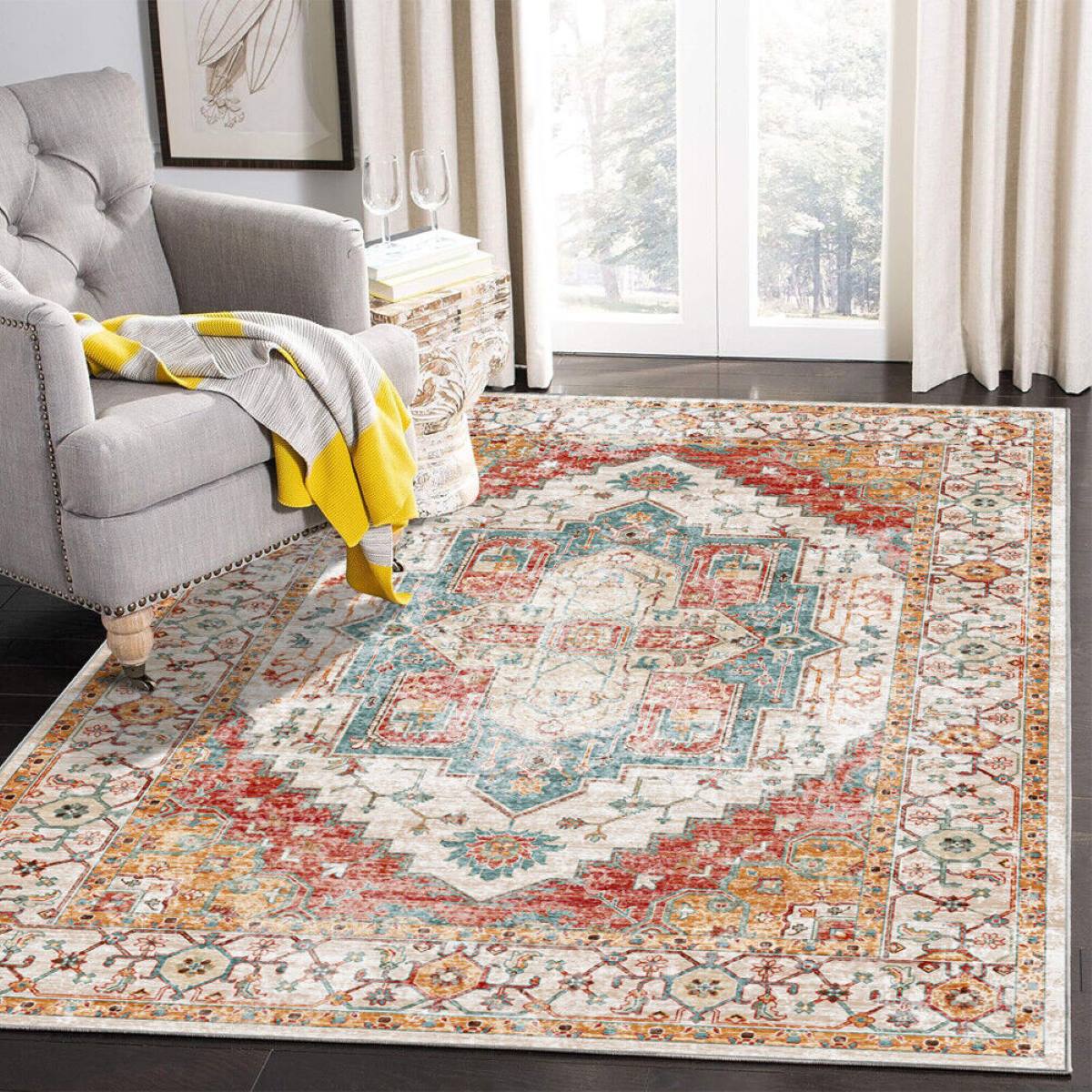
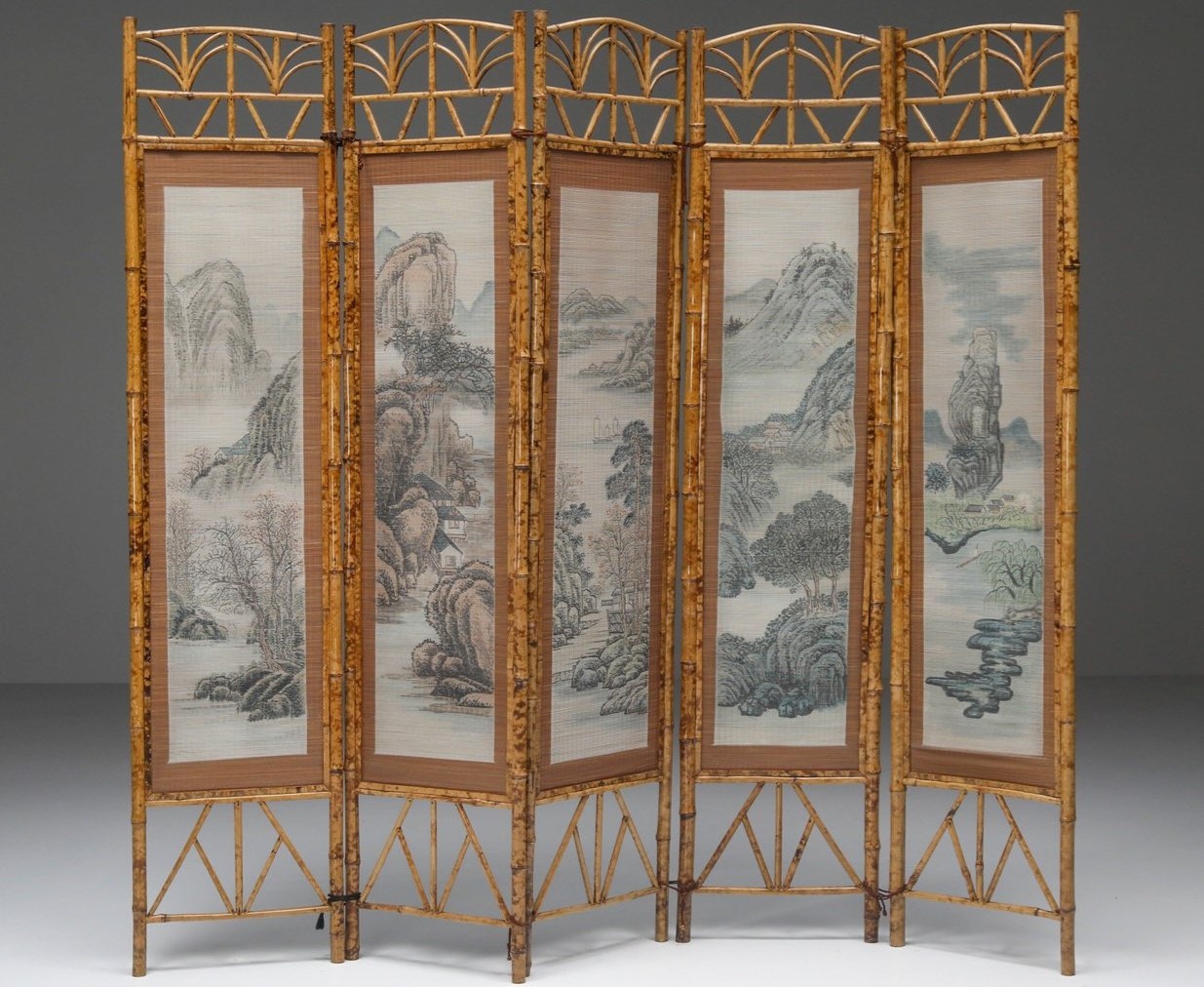

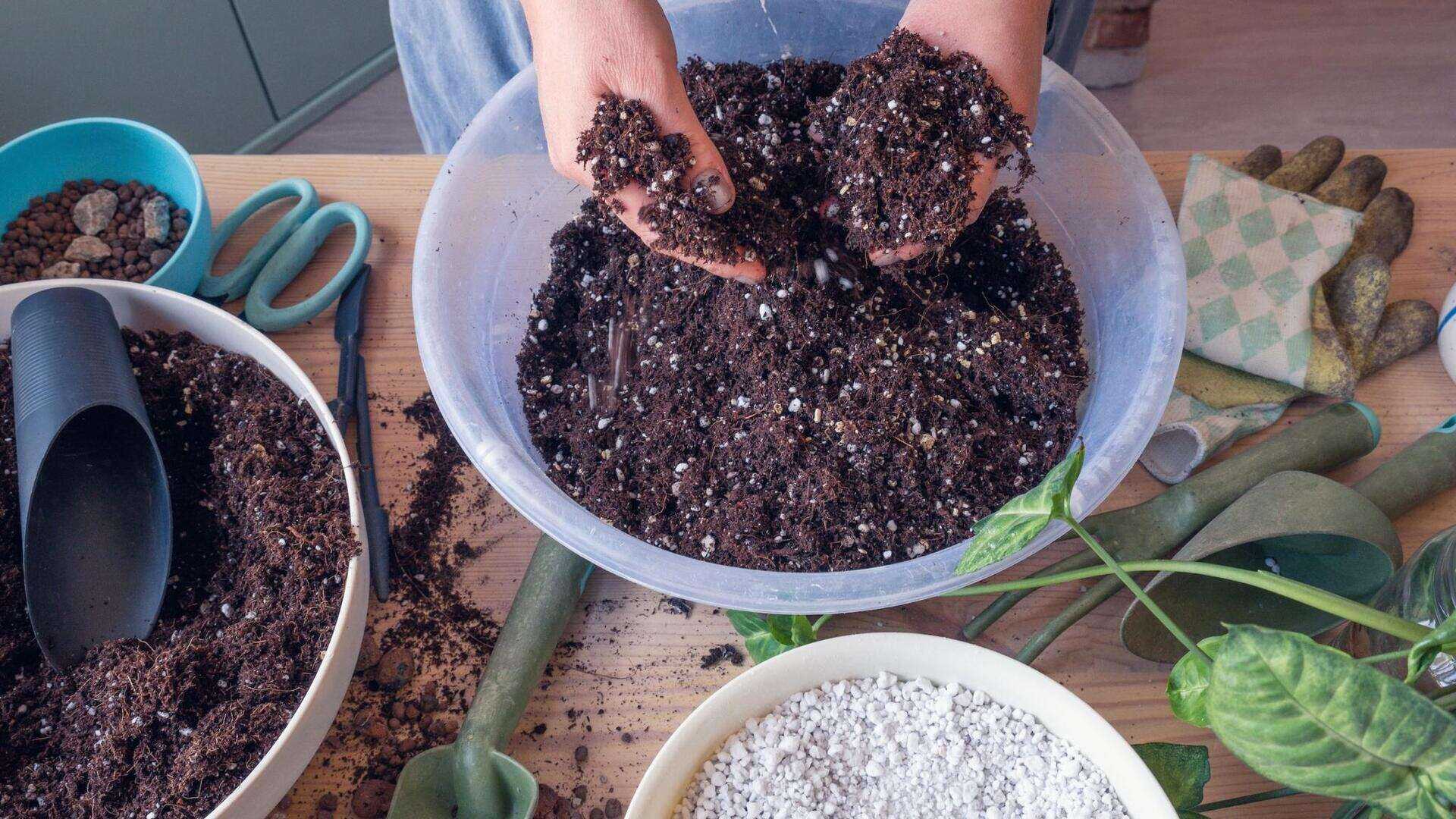
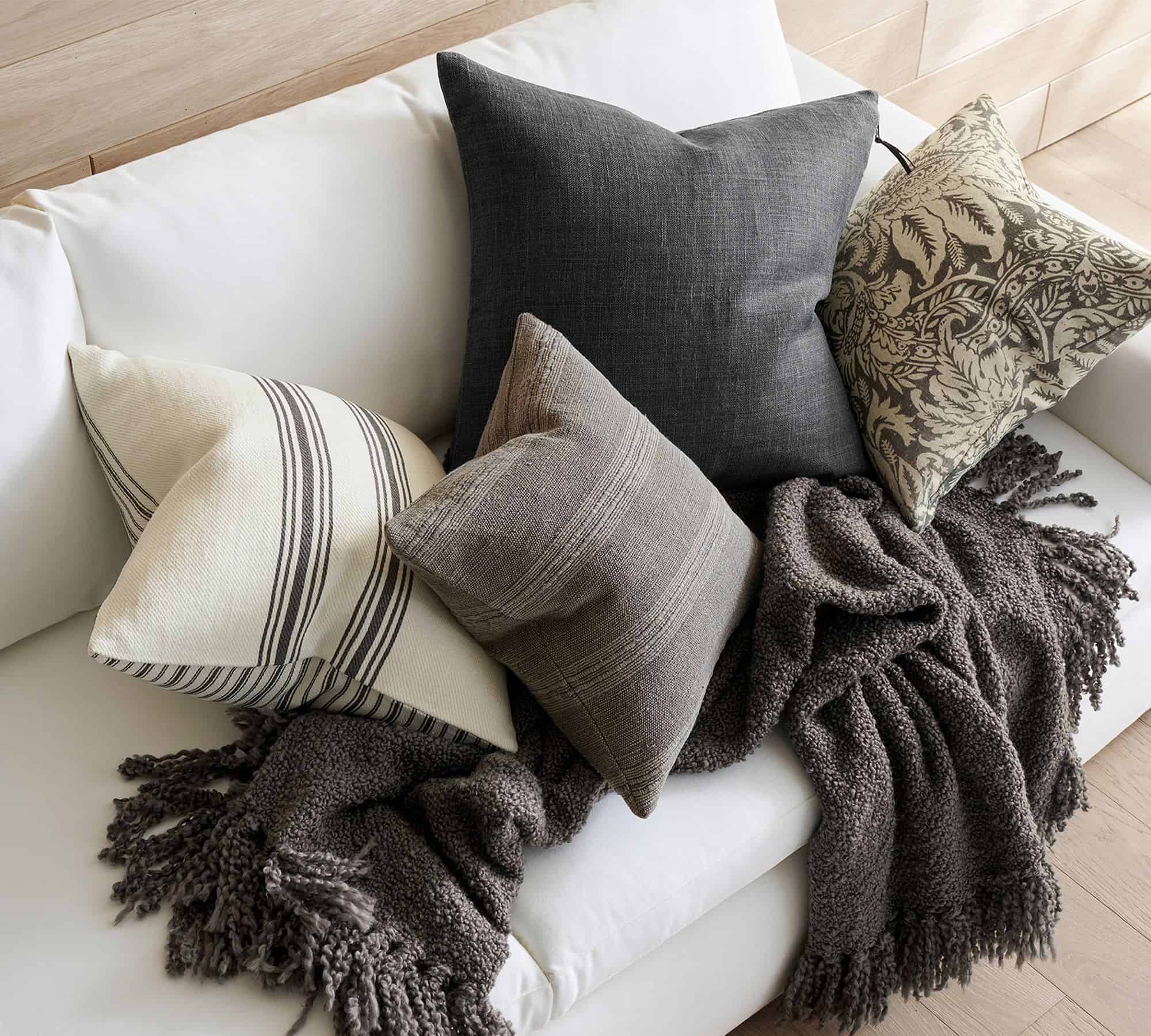

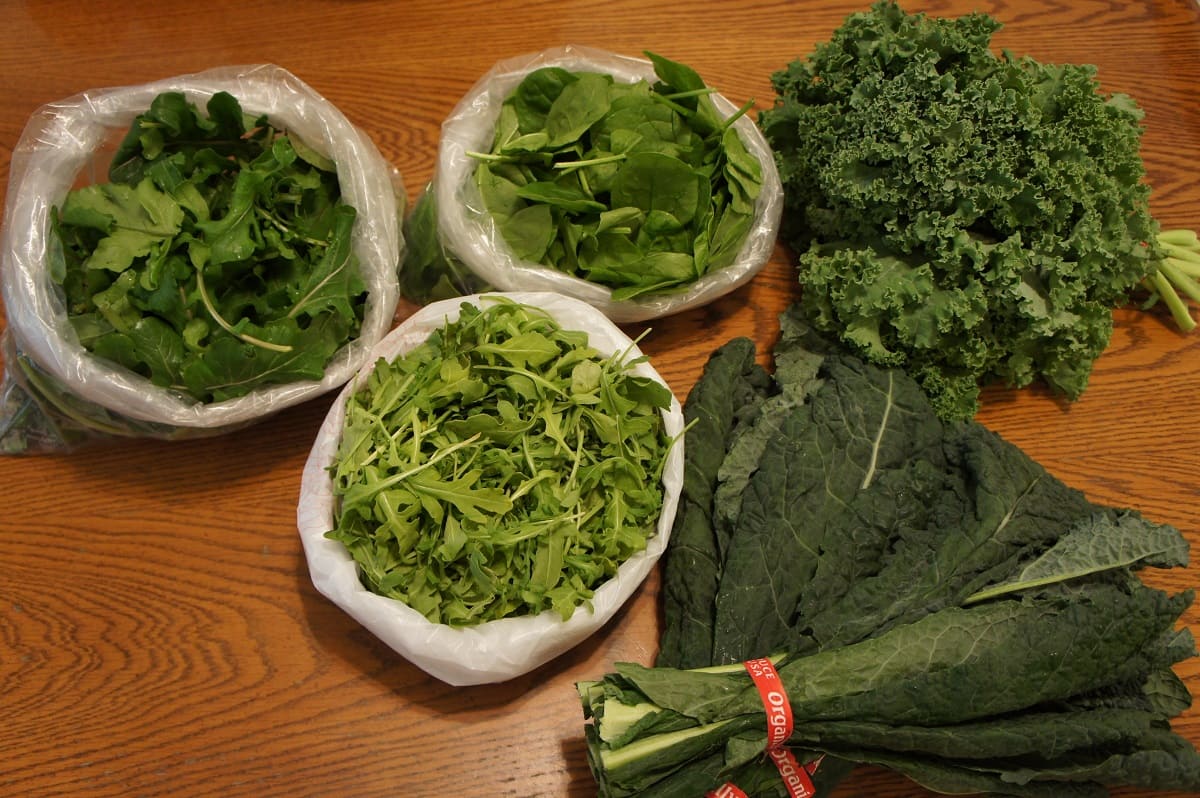


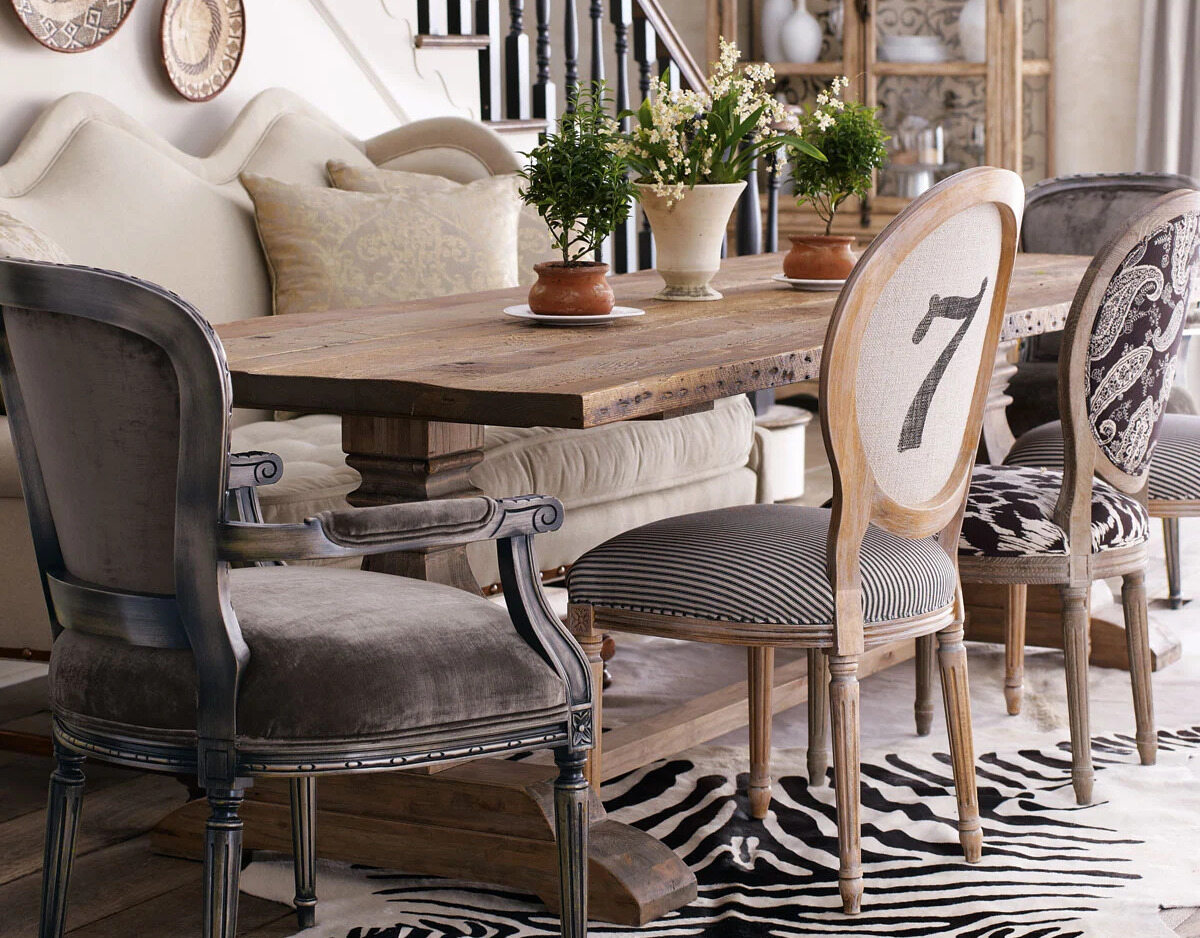

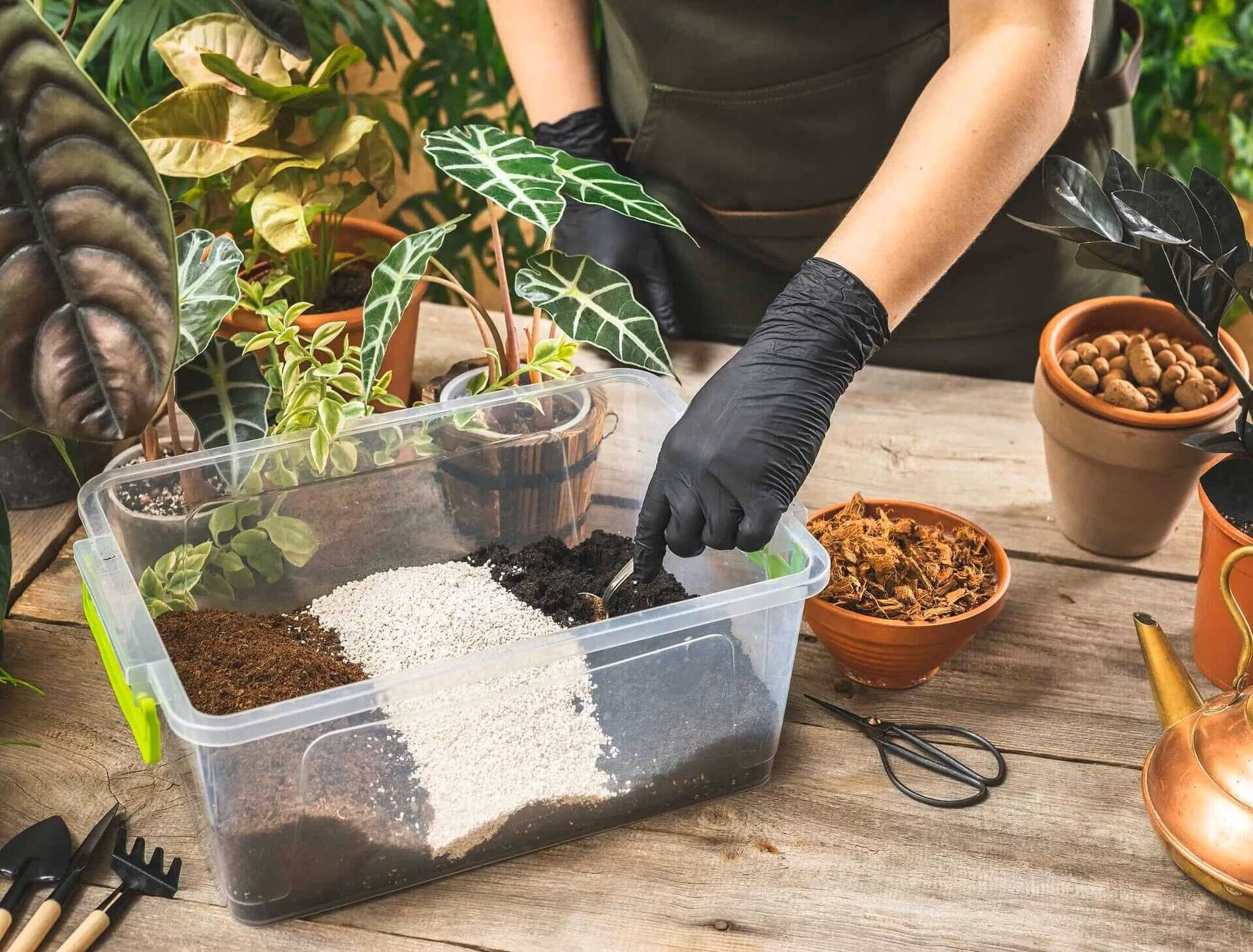
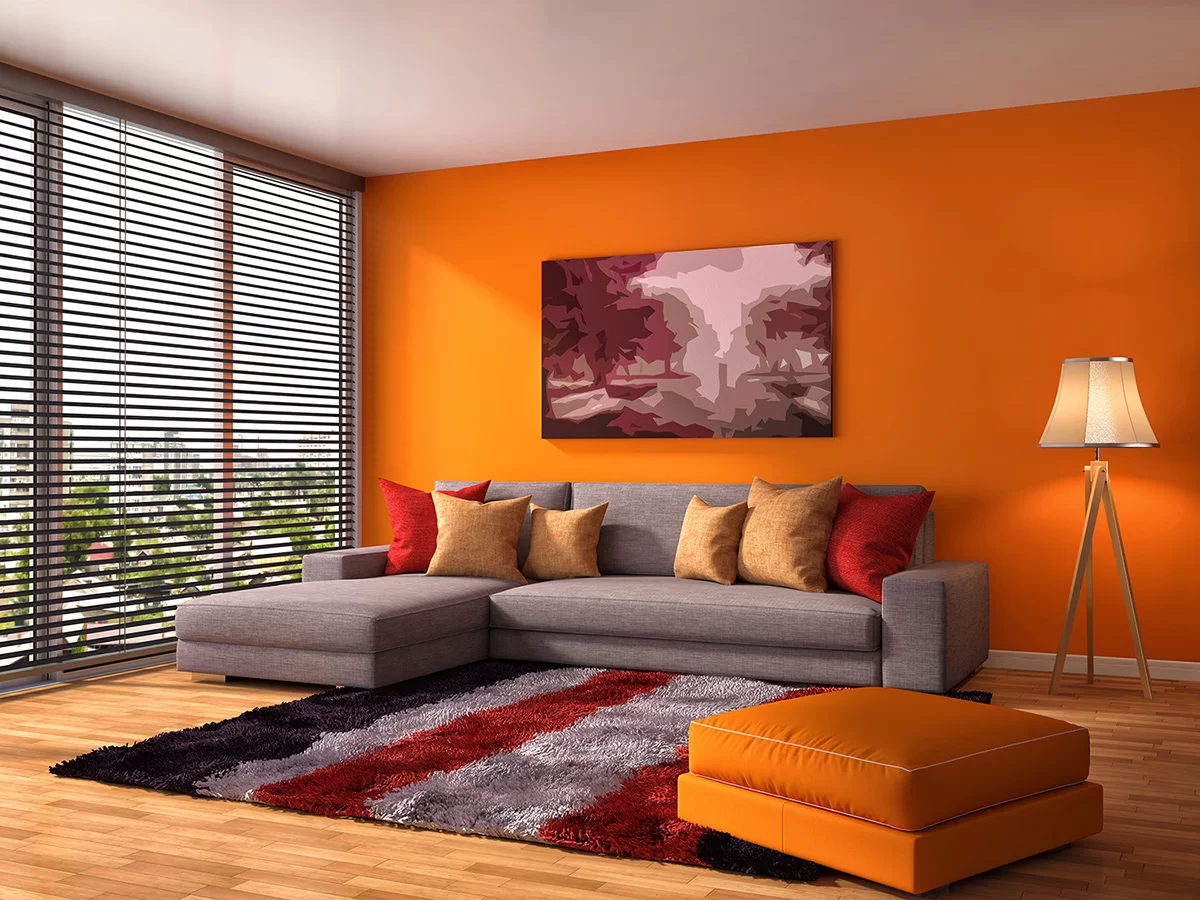
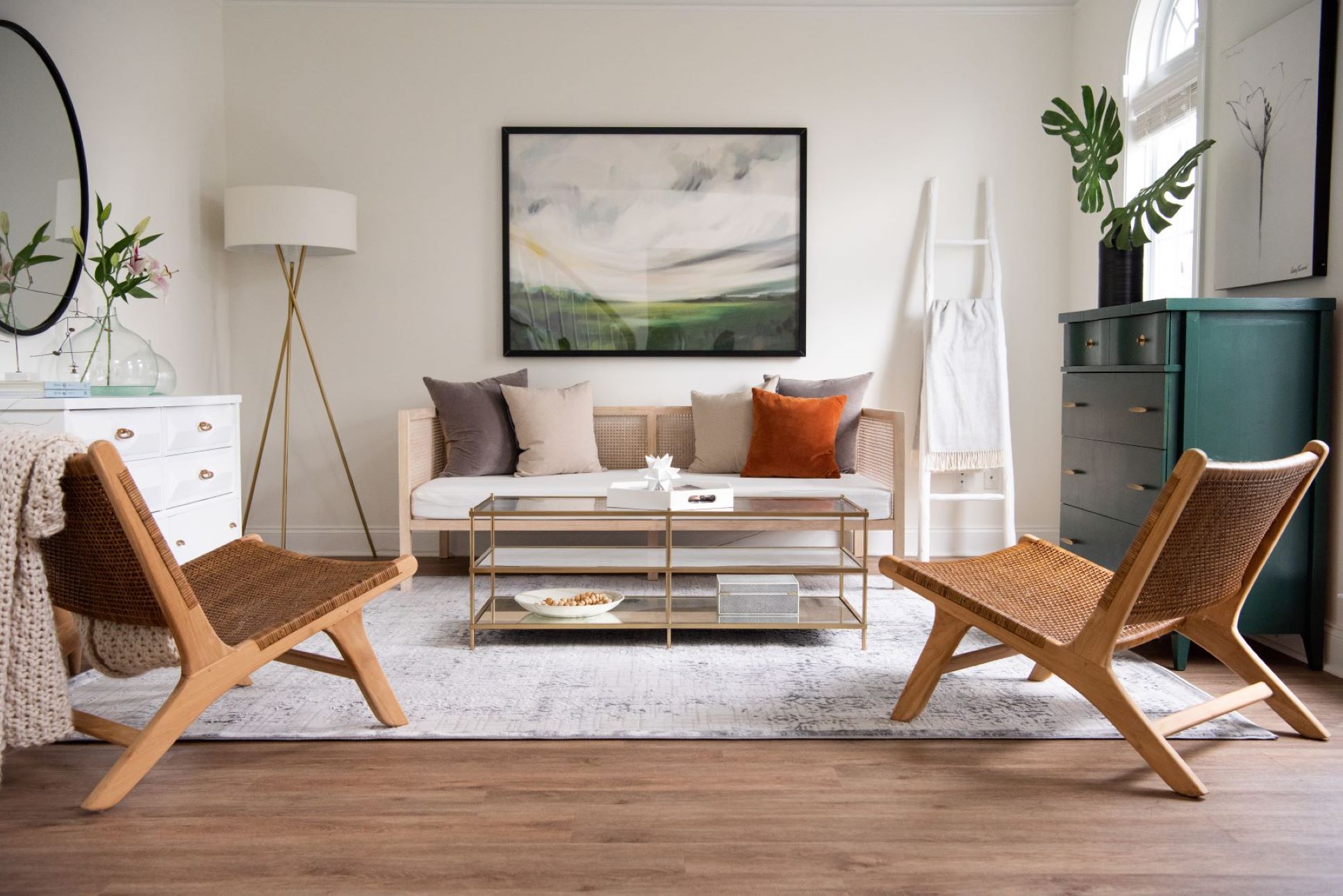

0 thoughts on “How To Mix Oriental Rugs”